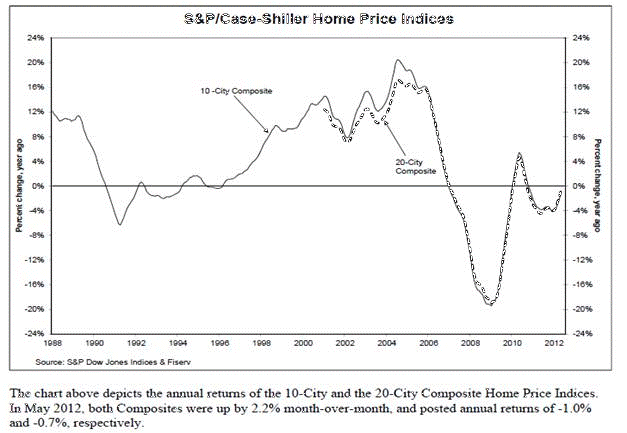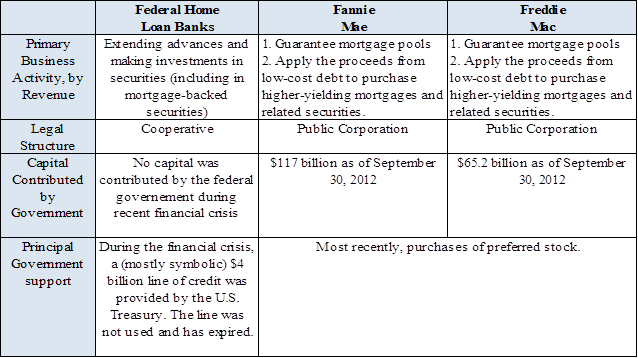NAIC Capital Markets Weekly Special Report
Post on: 23 Май, 2015 No Comment

The Insurance Industry and Hedging with Derivative Instruments
The primary use of derivative instruments in the insurance industry is hedging. Insurance companies utilize derivatives in a variety of ways to manage and mitigate risks such as interest rate risk, credit risk, foreign currency risk and equity-related risk that are inherent in their investment portfolios or liability structure. According to the Statement of Statutory Accounting Principles (SSAP) No. 86Accounting for Derivative Instruments and Hedging, Income Generation, and Replication (Synthetic Asset) Transactions. a hedging transaction is defined as a derivative(s) transaction which is entered into and maintained to reduce the risk of a change in the fair value or cash flow of assets and liabilities or the currency exchange rate risk or the degree of foreign currency exposure in assets and liabilities.
With the changes to Schedule DB that were implemented in 2010, hedges are classified as either hedging effective or hedging other. A hedge generally is considered highly effective when the change in fair value of the derivative hedging instrument is within 80 to 125 percent of the opposite change in fair value of the hedged item attributable to the hedged risk. A hedge can also be designated as effective when an R-squared of .80 or higher is achieved when using a regression analysis technique. Hedge effectiveness must be calculated and documented at the inception of the hedge and then monitored on a quarterly basis. It is typically expressed as a percentage. Insurance companies report hedge effectiveness at these two points in time on Schedule DB for each derivative position that is considered an effective hedge. In instances where hedge effectiveness cannot be specifically calculated, insurance companies will disclose the financial or economic impact of the hedge in the footnotes of Schedule DB.
Given the strict criteria and the extensive documentation required, many hedges might not be deemed effective for accounting purposes but still provide strategic value. If a derivative instrument is entered into for hedging purposes, but the transaction does not qualify as an effective hedge as defined above, the hedge would be reported as hedging other in Schedule DB. Derivatives in the hedging other category still have the intended effect of managing and reducing risk, but simply do not meet the accounting and documentation requirements.
As of Dec. 31, 2010, a total of 193 insurance companies used derivative instruments to hedge risks in their asset or liability portfolios. Of this number, 129 were life insurance companies, 49 were property/casualty insurance companies, 11 were health insurance companies and four were fraternal insurance companies. These insurance companies were domiciled in 39 states, with New York, Connecticut, Michigan and Iowa having the largest exposures. As mentioned in a previous Capital Markets Special Report, title insurance companies have no derivatives exposure.
This special report is the third installment in a series of Capital Markets Special Reports focusing on derivative instruments. It will focus on how insurance companies utilize derivatives in their hedging strategies and what types of risks or assets are being hedged.

Derivatives Exposure in Hedging Strategies
As of Dec. 31, 2010, 90.8% of the insurance industrys total derivatives exposure was used for hedging purposes. Drilling down further, 90.7% of the industrys over-the-counter (OTC) derivatives i.e. options, caps, floors, collars, swaps and forwards reported in Part A of Schedule DB exposure was used to hedge risk. In addition, more than 95.8% of the industrys futures contracts as reported in Part B of Schedule DB were used in a hedging strategy. The notional value of derivatives used by insurance companies for hedging purposes totaled $786 billion at year-end 2010. The majority (or 91.3%) of the exposure was categorized as hedging other and the remaining balance was classified as hedging effective. Life insurance companies are the most active in using derivatives for hedging, with 96.0% of the industrys total exposure.














